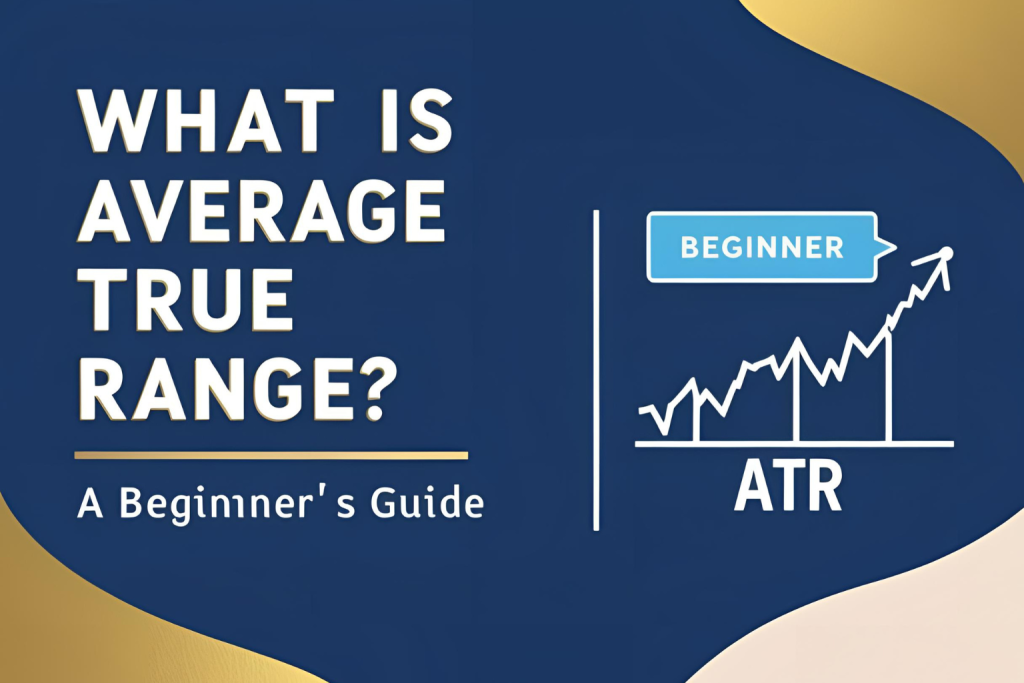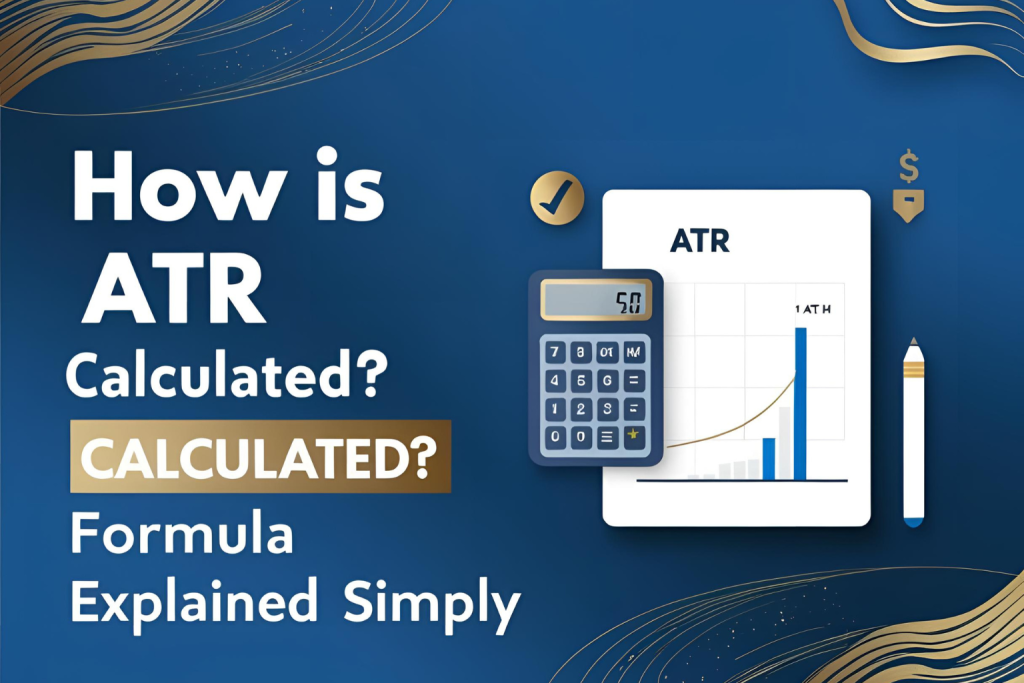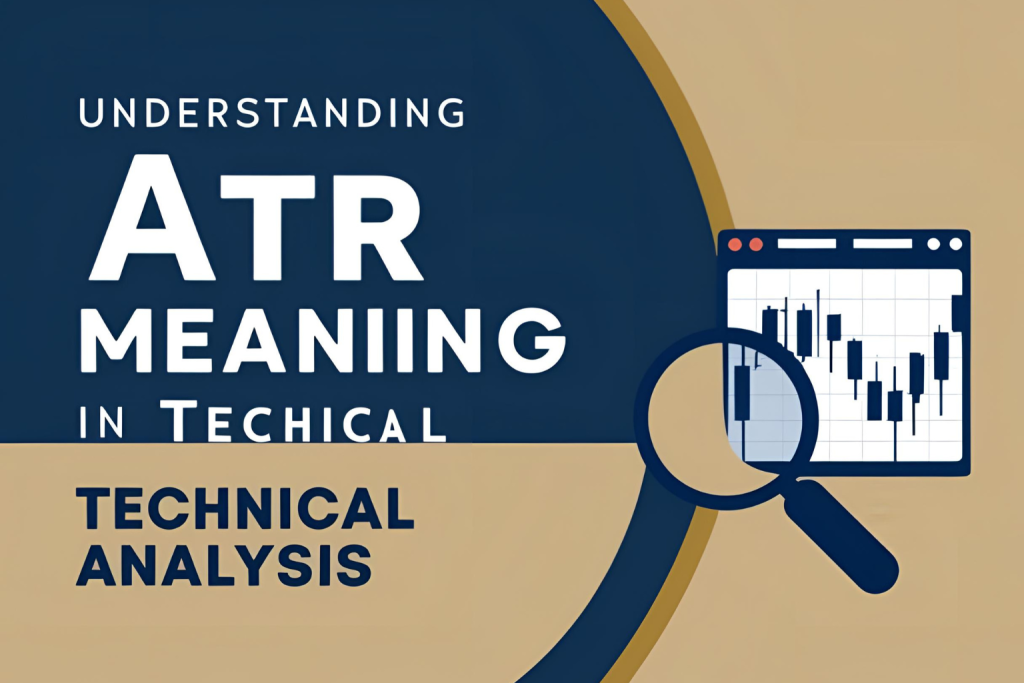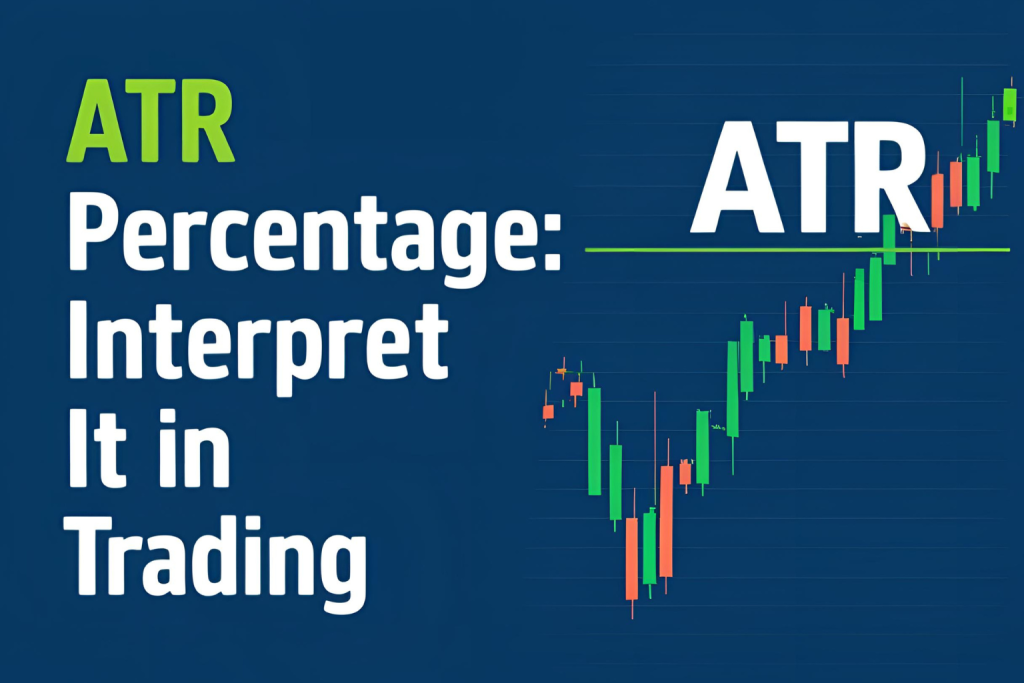New to trading? One question you might ask is why ATR matters when there are so many indicators available. The answer lies in the unique role of the Average True Range (ATR)—it doesn’t show direction, but it reveals something just as critical: volatility.
Volatility is the heartbeat of the market, and ATR is one of the most accurate ways to measure it.
The Role of ATR in Volatility Analysis
The ATR measures how much an asset typically moves over a given period—whether it’s a day, hour, or minute. When the ATR value is high, it suggests the market is volatile. When it’s low, the market is quiet.
Understanding volatility can help you:
- Choose better trade setups
- Time entries and exits more accurately
- Adjust risk management strategies
ATR and Risk Management
Smart traders use ATR to position size and set stop-loss orders effectively. A larger ATR value means wider stop-losses to avoid being stopped out in volatile markets. A smaller ATR lets you keep tighter risk parameters in quiet conditions.
Example:
If ATR is 2.5 on a stock priced at $100, a stop-loss 1x ATR below entry would be at $97.50.
ATR and Trend Insight
While ATR isn’t a trend indicator itself, it adds context to a trend:
- Rising ATR during a trend = strength and momentum
- Falling ATR = potential exhaustion or range-bound behavior
This helps traders validate whether a price move is strong or weak.
Why ATR Matters More Than You Think
| Benefit | Why It’s Important |
|---|---|
| Volatility Detection | Spot quiet vs explosive markets |
| Dynamic Stop-Loss | Adjust risk based on conditions |
| Strategy Filtering | Avoid trades during low volatility |
| Confirmation Tool | Supports momentum-based setups |
ATR empowers you to trade smarter by adapting to changing market environments.
Final Thoughts
Many indicators aim to predict market direction, but ATR provides essential insight into market behavior. Understanding why ATR matters gives you an edge—not by predicting price, but by managing how you respond to it.
Whether you’re a beginner or experienced trader, ATR is a foundational tool in technical analysis.
FAQs
1. Why do traders use ATR instead of fixed stop-loss values?
ATR-based stops adjust to market volatility, reducing the chance of premature exits.
2. Can ATR predict future price moves?
No. ATR reflects past price volatility. It doesn’t predict direction.
3. Is ATR suitable for intraday trading?
Yes. ATR works well on any timeframe, including 1-minute or hourly charts.
4. What does a decreasing ATR mean?
It suggests the market is calming down, often before a breakout or range-bound action.
5. Does ATR work for forex and crypto too?
Absolutely. ATR is a universal indicator and works across asset classes.




